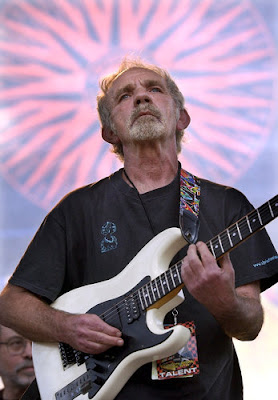Motorola's Moto X hasn't exactly been the company's best-kept secret, but later today the official details of the made-in-America smartphone will be released.
The much-hyped Android phone from the Google-owned company is said to have a few differentiating features, many of which the company is hoping can give it back some edge against smartphone giants Apple and Samsung.
Here's what we know so far.
This much Motorola has said. The company's CEO, Dennis Woodside, announced in June that the Moto X would be made at a new 500,000-square-foot production facility in Fort Worth, Texas. More than 2,200 employees have already begun to make the smartphone, which will be assembled and will ship right from the factory.
It is highly customizable with different colors.
Being close to home is going to allow Motorola to make the Moto X a highly personalized device, ABC News first reported last month.
Through a website, buyers will be able to select from a palette of different colors, sources told ABC News. One color can be used for the back case and another can be selected for the trim of the phone. Users will also be able to engrave a name or message on the back cover, as well as upload a personal photo through the site to be used as the wallpaper on the phone's screen. Various reports say the phone has a larger 4.7-inch display.
It has advanced software features.
Similar to the phones just released by Motorola for Verizon, the Moto X is said to always be waiting for your command and will leverage the same "OK Google Now" commands as the Droid Ultra. With the Ultra, similar to how you navigate Google Glass, you can say "OK Google Now" and the phone will be woken up. Say "OK Google Now Call John" and it will dial up John's number.
Given that the phone will be the first that the company has worked on from start to finish since being acquired by Google in August 2011, the integration with Google's services makes sense.
There are some other tricks, too. Our sources said that instead of having to fumble for the camera icon or button, you will be able to flick the phone to launch the camera faster. Sources who were testing the phone said it was running Android 4.2.2. Google, however, released Android 4.3 last week.
It is coming to the major U.S. carriers.
Pricing and availability are still the two big missing pieces, but Motorola has said that it will be available at some of the largest carriers in the nation. Given that the launch is happening today, we assume it will be available soon.
# Motorola, #Moto X
Source: ABC News






